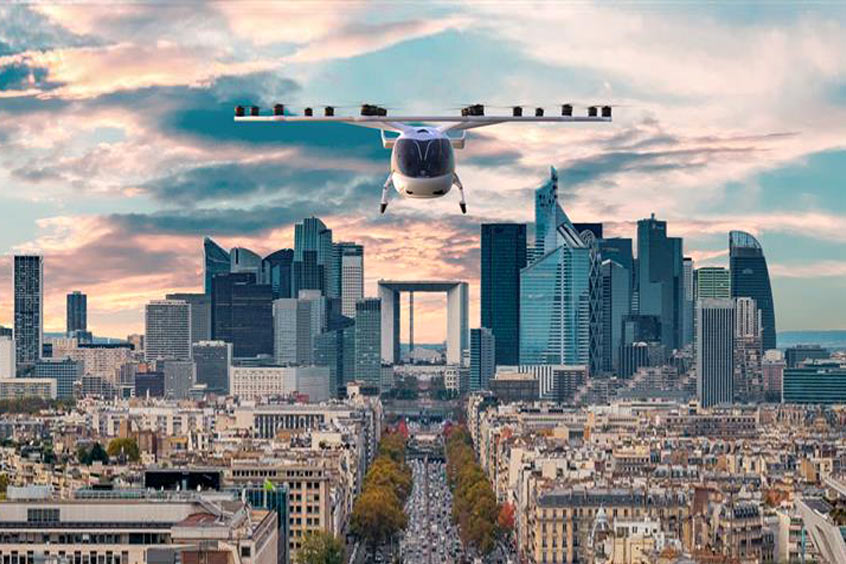Why visit ACE ’25?

Volocopter has published a white paper entitled ‘The Roadmap to Scalable Urban Air Mobility’, which outlines what is needed to operate the full ecosystem enabling UAM. As the first and only electric air taxi developer with Design Organisation Approval by EASA, Volocopter is moving towards commercial launch in the next two to three years. The company has now laid out the key steps to both launch commercial air taxi services in cities and build the necessary supporting ecosystem to scale the UAM business.
“We are leading the pack for implementing urban air mobility internationally. With our VoloCity and chosen go-to-market approach, we can fit into the existing ecosystem well enough to get started in the next two to three years,” says Florian Reuter, CEO of Volocopter. “However, in order to subsequently scale our operations in a safe and efficient manner and offer a fantastic experience to our customers, we need to establish a comprehensive and integrated UAM ecosystem. This is what we are doing together with our partners.”
The paper directly confronts the current challenges facing the eVTOL industry with solutions focused on a holistic partnership approach for introducing this next dimension of mobility. While the technical details are equally important to create the aircraft, as Volocopter laid out in its first white paper in 2019, this new white paper provides a glimpse into the complexity of the ecosystem around the aircraft. It gives an overview of what UAM is, what progress has been made, and how Volocopter plans to implement their UAM services in cities like Singapore and Paris with a scalable business approach.
Key points in the paper include: the UAM industry is expected to have a 11.3 trillion euro addressable market by 2035 with a 241 billion euro market potential. Over half of the market potential lies in passenger mobility; strong partnerships and an ecosystem strategy will play a pivotal role for entry into the electric air taxi market and setting a precedent for future UAM services; the most successful approach will put the customers first in all critical areas including safety, infrastructure, aircraft design, air operations, city integration and acceptance; Volocopter supports the high safety standards for air taxis defined by the EASA's SC-VTOL and the progress with concurrent type certificate validation from the FAA in the US and the Civil Aviation Authority of Singapore (CAAS); and digitalisation and autonomous flight will help decrease prices for air taxi services in the long-term. Volocopter is already underway to ensure that the aircraft produced can fly autonomously and that all various components of the UAM ecosystem can be connected using a digital backbone and platform, VoloIQ.